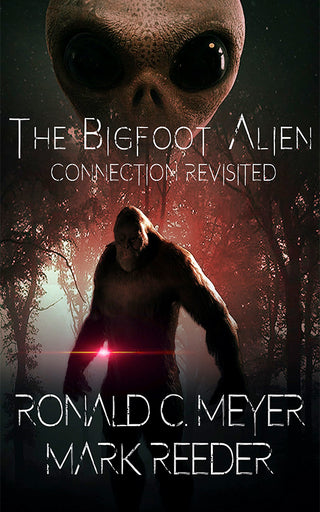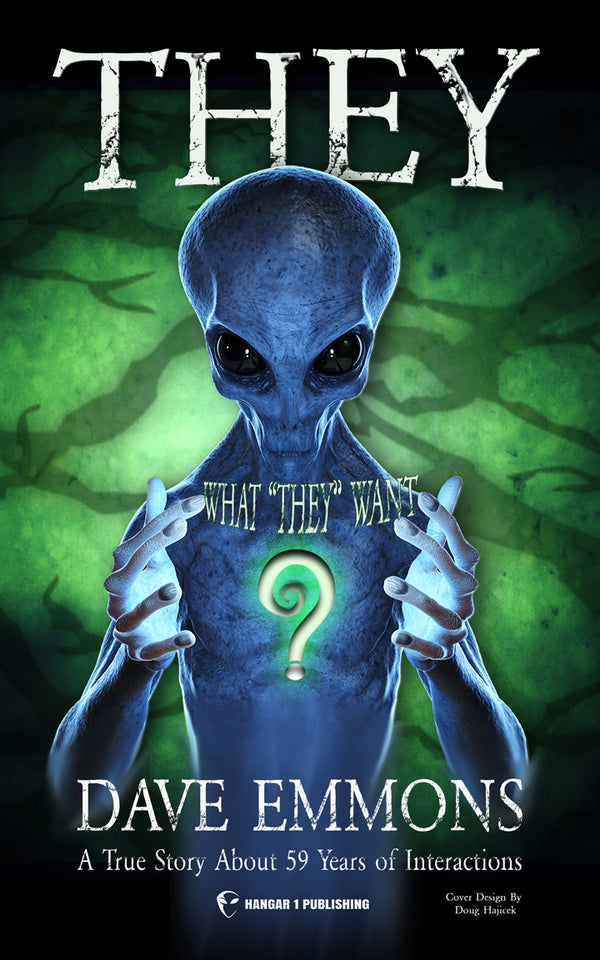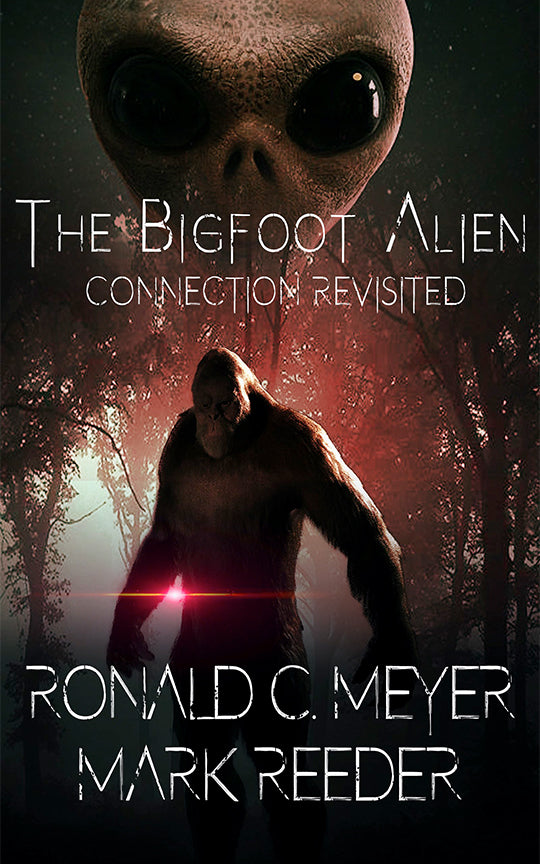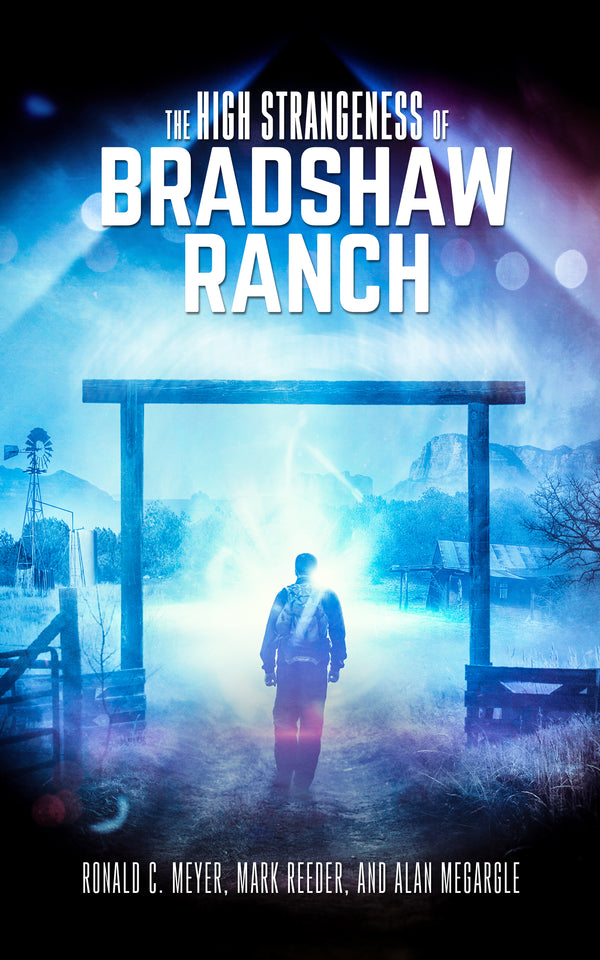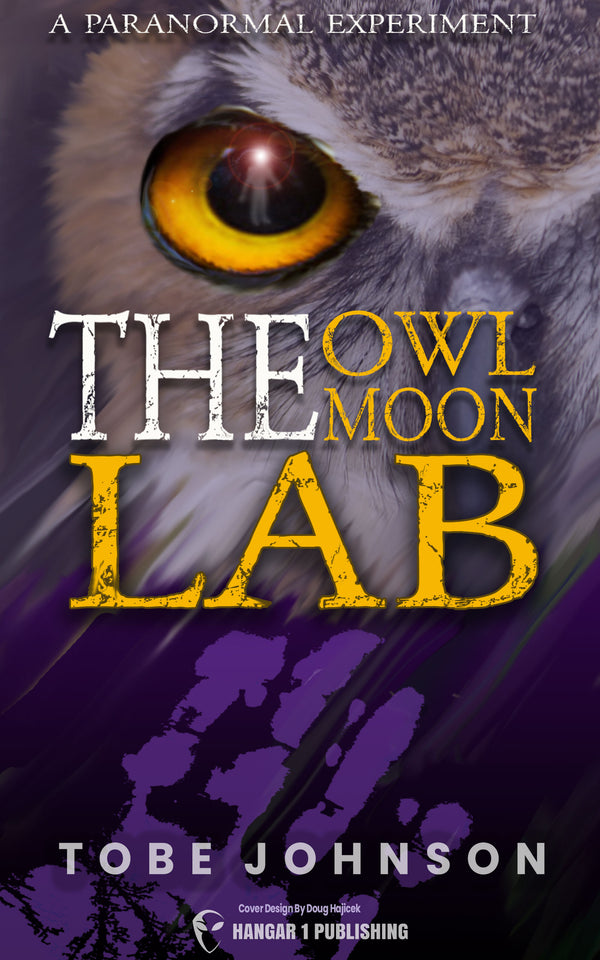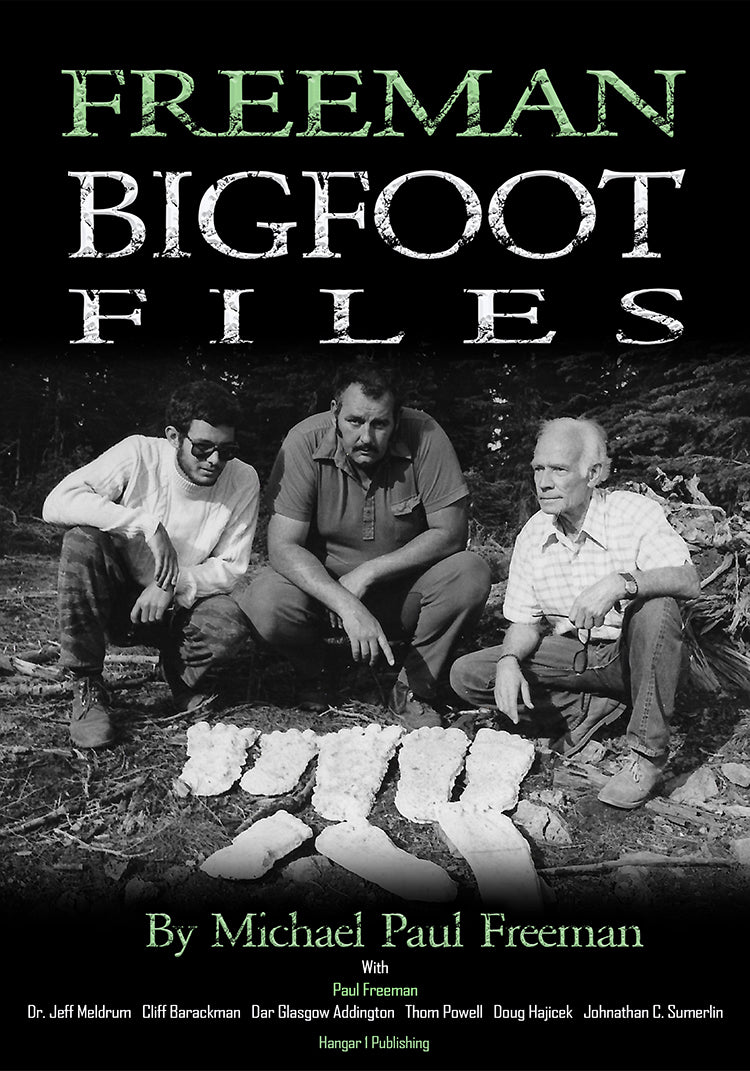Inside UFO Religions: Cosmic Faith Beyond Earth
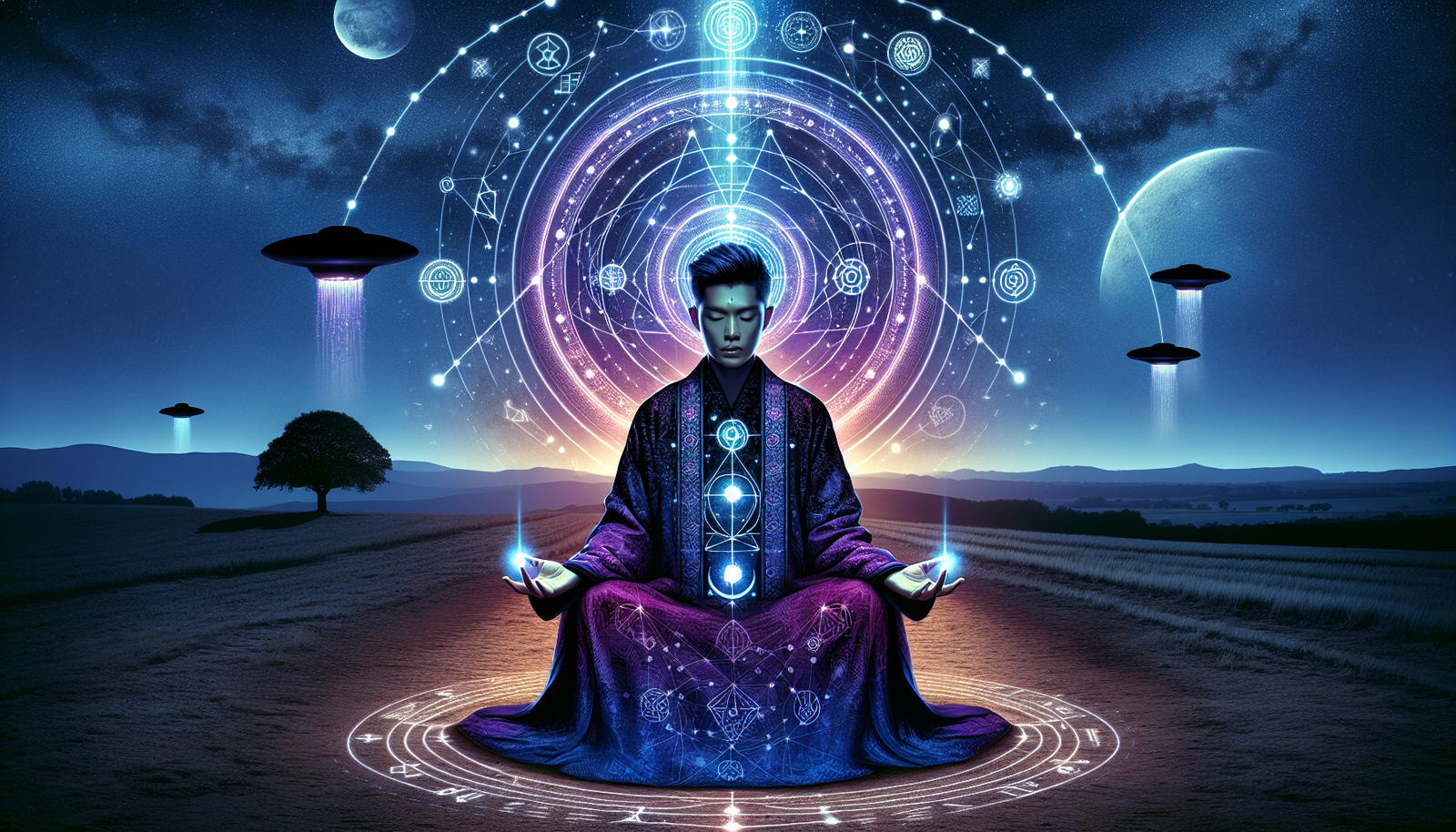
By Elaine Westfield, Ufologist
Throughout human history, we've gazed skyward seeking answers to our deepest questions. Ancient civilizations worshipped gods they believed descended from the heavens. Today, millions of people around the world believe that highly advanced beings from other planets have visited Earth—and some have built entire spiritual systems around this conviction.
Welcome to the fascinating realm of UFO religions, where extraterrestrial intelligence takes center stage in systems of faith that blend spirituality, science fiction, and cosmic wonder. These movements represent a uniquely modern response to age-old human questions: Are we alone? Were we created by beings from beyond? Can advanced entities save us from ourselves?
And these beliefs are surprisingly widespread. A 2021 Pew Research Center survey found that 51% of Americans believe in the possibility of intelligent alien life, and 40% believed military UFO sightings probably constituted evidence of extraterrestrial visitors.
When the Sky Gods Become Aliens: Defining UFO Religions
What exactly makes a belief system a "UFO religion"? At its core, a UFO religion places extraterrestrial intelligence at the center of its cosmology. These movements typically teach that communication between humans and aliens occurs through physical contact, telepathy, or channeling. Most importantly, they assign aliens a salvific role—extraterrestrials are here to help humanity evolve, overcome crises, or achieve spiritual transformation.
"These movements reflect the same sociological phenomena that we see in other religions," explains Benjamin Zeller, author of "Handbook of UFO Religions." "They offer followers a cosmic perspective that places humanity within a larger interstellar community, providing both explanation for suffering and hope for future advancement."
UFO religions often blur the line between the technological and the supernatural. While traditional religions speak of angels or divine messengers, UFO religions describe spacecraft and aliens—but these extraterrestrials frequently possess godlike qualities of omniscience, benevolence, and transformative power.
"One form of quasi-religion that perhaps borders on a more orthodox form of religiosity is that of the flying saucer cults," writes Stephen Hunt in "Alternative Religions: A Sociological Introduction." In these groups, aliens are seen as pleading with humanity to improve itself and move away from greed and violence—a message strikingly similar to traditional religious teachings.
Some adherents of UFO religions reject the "religion" label entirely, preferring terms like "spiritual path," "philosophy," or "science." Yet when analyzed using religious studies frameworks like Ninian Smart's seven dimensions of religion (ritual, doctrinal, mythic, experiential, ethical, organizational, and material), these movements clearly function as religious systems regardless of their self-identification.
Cosmic Dawn: How UFO Religions Emerged
While humans have reported strange aerial phenomena throughout history—from the eerie lights witnessed over Nuremberg in 1561 to Japan's mysterious "Utsuro Bune" sea craft in 1803—modern UFO religions trace their origins primarily to the mid-20th century.
The watershed moment came in 1947, when pilot Kenneth Arnold reported seeing nine crescent-shaped objects flying at incredible speeds near Mount Rainier, Washington. His description of objects moving "like saucers skipping across water" gave birth to the term "flying saucer." Just weeks later, the infamous Roswell incident occurred, when something crashed in the New Mexico desert—officially explained as a weather balloon, but forever etched in public consciousness as a potential alien spacecraft.
"Roswell is now firmly established as what might be described as a key ufological 'spiritual site'," writes Christopher Partridge, a prominent scholar in this field.
The timing of this UFO explosion was no coincidence. The post-World War II era combined unprecedented technological advancement with existential anxiety about nuclear annihilation. As humanity reached for the stars with early space programs, many people wondered if someone—or something—might be reaching back.
The first major figure to claim direct alien contact was George Adamski, who in 1952 reported meeting a friendly Venusian in the California desert. Other "contactees" soon emerged with similar tales of benevolent "Space Brothers" warning about nuclear dangers and offering cosmic wisdom. These encounters formed the foundation for the first formal UFO religions.
While some scholars trace early UFO religiosity to Guy Ballard's "I AM" Activity from the 1930s, most consider the Aetherius Society, founded by London taxi driver George King in 1955, to be the first true UFO religion. King claimed to receive telepathic communications from cosmic beings, including one named Aetherius who represented an "Interplanetary Parliament."
The UFO religion phenomenon soon diversified and spread globally, producing an extraordinary variety of spiritual movements with aliens at their center.
Cosmic Tour: Major UFO Religions and Their Beliefs
The landscape of UFO religions is remarkably diverse, each offering its own unique path to cosmic enlightenment. Let's explore some of the most significant movements that have emerged over the past seven decades.
The Aetherius Society
Still active today, the Aetherius Society teaches that spiritual masters like Jesus and Buddha were actually extraterrestrial visitors from Venus and other planets. Members practice "King Yoga," spiritual healing, and "dynamic prayer" to store spiritual energy in special "batteries" that can be released during global crises. The society maintains branches in several countries and conducts regular "spiritual pushes"—coordinated meditation efforts designed to help solve Earth's problems.
The Raëlian Movement
Perhaps the largest UFO religion, the Raëlian Movement was founded by former French journalist Claude Vorilhon (later known as Raël) in 1974. Raël claims that in 1973, he encountered a being from another planet who revealed that life on Earth was created through genetic engineering by advanced extraterrestrials called the Elohim. According to Raëlian teachings, these beings were mistakenly worshipped as gods by ancient humans, and figures like Jesus, Buddha, and Muhammad were actually Elohim-human hybrids sent as messengers.
Raëlians believe the Elohim will return when humanity is ready—after establishing world peace and building an embassy for them, preferably near Jerusalem. The movement claims over 85,000 members across more than 100 countries and is known for its advocacy of human cloning, which they see as a path to immortality.
Heaven's Gate
The most notorious UFO religion is undoubtedly Heaven's Gate, founded in the 1970s by Marshall Applewhite and Bonnie Nettles. The group taught that Earth was about to be "recycled" (destroyed and renewed) and that salvation required leaving one's physical "container" (body) to join an advanced extraterrestrial civilization. In March 1997, Applewhite led 38 followers in a mass suicide timed to coincide with the appearance of the Hale-Bopp comet, which they believed concealed a spacecraft that would transport their souls to the "Next Level." This tragedy deeply affected public perception of UFO religions.
The Unarius Academy of Science
Founded in 1954 by Ernest and Ruth Norman, the Unarius Academy of Science teaches a complex cosmology involving reincarnation, past lives on other planets, and healing through contact with advanced space beings. Unarians believe that 33 spaceships from the "Interplanetary Confederation" will eventually land on Earth, bringing a new age of enlightenment. The group is known for producing elaborate psychodrama films that reenact members' past lives on other planets.
Scientology
While not always categorized as a UFO religion, Scientology includes significant extraterrestrial elements in its advanced teachings. Founded by science fiction writer L. Ron Hubbard, Scientology teaches that human beings are immortal spiritual beings called "thetans" who have forgotten their true nature. According to advanced Scientology teachings, a galactic overlord named Xenu brought billions of people to Earth 75 million years ago, placed them around volcanoes, and killed them with hydrogen bombs. Their spirits, called "body thetans," supposedly attach to humans today and cause spiritual harm.
International Examples
UFO religions aren't limited to Western contexts. The Vale do Amanhecer (Valley of the Dawn) in Brazil combines elements of Christianity, Spiritualism, Afro-Brazilian traditions, and UFO theology in a colorful movement featuring elaborate rituals and costumes. In East Asia, groups like Japan's Kōfuku no Kagaku (Happy Science) incorporate extraterrestrial beings into their spiritual frameworks.
Angels or Aliens? Core Beliefs and Cosmic Salvation
Despite their diversity, UFO religions share several common theological elements that distinguish them from both mainstream faiths and secular UFO interest groups.
Creation by Extraterrestrials
Most UFO religions teach that extraterrestrials created or influenced human development through genetic engineering or cultural intervention. This "ancient astronaut theory" reinterprets traditional creation myths through an extraterrestrial lens. Raëlians, for example, believe the biblical "Let us make man in our image" refers to aliens creating humans through advanced cloning techniques.
Aliens as Spiritual Teachers
These movements typically view aliens as not just technologically superior but morally and spiritually advanced—cosmic teachers who can guide humanity toward peace, environmental harmony, and spiritual enlightenment. Diana Walsh Pasulka, author of "American Cosmic," notes that "the extraterrestrial narrative is essentially a salvation narrative" in which "we can be saved by these advanced technological beings."
Millennial Expectations
Many UFO religions have a millennialist outlook—the expectation that contact with extraterrestrials will usher in a transformative new age for humanity. Andreas Grünschloß distinguishes between two types of millennialist hopes: the expectation of a "paradise on Earth" facilitated by aliens, and a more radical belief in a transformative rupture that elevates followers to a higher state of consciousness.
Reinterpretation of Religious Texts
Another common feature is the reinterpretation of religious texts and figures through an extraterrestrial lens. Ancient gods, prophets, and miracles are explained as misunderstood alien encounters. The biblical story of Ezekiel's wheel, the Hindu concept of vimanas (flying palaces), and megalithic structures like Stonehenge are all cited as evidence of prehistoric extraterrestrial contact.
"Proponents argue that most major religions are already based on the concept of a supernatural being in heaven," notes one source. The extraterrestrial hypothesis simply reframes these beings as advanced aliens rather than metaphysical deities.
Ritualistic Practices
UFO religions often employ ritualistic practices for communicating with extraterrestrials, including meditation, channeling, automatic writing, and skywatching ceremonies. Some groups claim to use technology to facilitate these communications, creating a unique fusion of spiritual and technological approaches to transcendence.
The Psychology of Cosmic Faith: Why People Believe
What draws people to UFO religions? The answer lies in a complex interplay of psychological, sociological, and cultural factors.
UFOs as Modern Myth
Carl Jung, the renowned Swiss psychiatrist, was one of the first to analyze the psychological significance of the UFO phenomenon. In his 1958 book "Flying Saucers: A Modern Myth of Things Seen in the Skies," Jung suggested that UFOs function as modern myths, similar to religious symbols that help humans process collective anxieties and aspirations. He noted that the circular shape of UFOs resembled the mandala—a symbol of wholeness and unity found in various religious traditions.
"Jung argued that UFOs function as modern myths, akin to religious symbols and experiences that have been part of human consciousness for millennia," explains Religion Unplugged. "He suggested that these sightings and the stories surrounding them were manifestations of the collective unconscious, particularly in times of crisis and uncertainty."
Meaning and Purpose
UFO religions often appeal to those seeking meaning and purpose in a rapidly changing world. They offer cosmic answers to existential questions, providing a framework for understanding humanity's place in the universe that integrates modern scientific concepts with spiritual yearning.
Insider Knowledge
For many adherents, these movements offer a sense of special knowledge or "cosmic insider information" that mainstream institutions either ignore or actively suppress. This creates a powerful sense of belonging to an enlightened group that understands the "true" nature of reality—a compelling draw in an increasingly complex and uncertain world.
Demographics of Believers
The psychological profile of UFO religion members doesn't match stereotypes of gullible or unstable individuals. Many followers are highly educated, successful professionals—particularly in scientific and technical fields. Diana Walsh Pasulka's research reveals significant interest in UFO spirituality among Silicon Valley technologists and aerospace engineers. These individuals are drawn to the fusion of advanced technology and transcendent meaning that UFO religions provide.
Sociologically, UFO religions often emerge during periods of rapid technological change and social upheaval. The Cold War era, with its combination of space exploration and nuclear anxiety, created ideal conditions for the first wave of UFO religions. Today's climate crisis, pandemic threats, and technological disruption may be driving renewed interest in cosmic salvation narratives.
The Cultural Impact: From Fringe to Mainstream
Recent years have seen unprecedented developments in official recognition of Unidentified Aerial Phenomena (UAP), the term now preferred by governments. These developments have had significant implications for UFO religions and spirituality.
Government Recognition
In 2017, the New York Times published a groundbreaking article revealing the Pentagon's Advanced Aerospace Threat Identification Program (AATIP), which investigated UFO reports. This was followed by the official release of three Navy videos showing UAPs performing seemingly impossible aerial maneuvers.
In May 2022, the U.S. Congress held public hearings on UAPs featuring testimony from military officials about hundreds of reported incidents. This was followed by further revelations, including whistleblower David Grusch's claims in 2023 that the government possesses "non-human" craft and biological specimens. In February 2024, the Pentagon released a report acknowledging that many UAP cases remain unexplained.
These official acknowledgments have profoundly affected public discourse around UFOs. What was once dismissed as fringe belief now receives serious attention from mainstream media, government officials, and scientific institutions. For UFO religions, this shift represents a form of validation after decades of ridicule.
Digital Transformation
The internet and digital media have transformed how UFO religions spread their messages and build communities. Many groups maintain extensive online presences through websites, social media, and video platforms. Some newer movements, like The Ground Crew Project, exist primarily or exclusively online, allowing for global participation without geographical limitations.
Traditional Religious Responses
Traditional religious institutions have responded to the growth of UFO spirituality in various ways. The Vatican has taken a surprisingly open stance, with its chief astronomer stating that if alien life exists, it too would be part of God's creation. As reported by the Boston Globe, "There are definitely people who believe that the revelation of alien life would completely change religions, but I don't see it that way."
Other traditional faiths have been more hostile. Some evangelical Christian groups specifically study ufology to "unmask the alien deception," believing that supposed extraterrestrials are actually demonic entities deceiving humanity.
Popular Culture Influence
The cultural influence of UFO religions extends far beyond their formal membership. Concepts pioneered by these movements—ancient astronauts, cosmic consciousness, technological salvation—have permeated popular culture through films, television series, and literature. The History Channel's long-running "Ancient Aliens" series has introduced millions to the idea that extraterrestrials influenced ancient civilizations, a core tenet of many UFO religions.
Cosmic Futures: Where UFO Religions Are Headed
As we navigate the 21st century, UFO religions continue to evolve in response to scientific discoveries, cultural shifts, and technological developments. Several trends point to their likely future directions.
The Impact of Scientific Discovery
The increasing scientific search for extraterrestrial intelligence (SETI) and the discovery of thousands of exoplanets (planets orbiting other stars) are creating a cultural environment more receptive to the possibility of alien life. NASA's astrobiology programs and the development of new telescopes capable of detecting biosignatures on distant worlds may provide new fodder for UFO religious narratives.
Digital Evolution
Digital technologies will continue transforming how UFO religions operate, potentially leading to more decentralized, internet-based communities rather than hierarchical organizations with physical headquarters. Social media platforms already enable the rapid spread of UFO spiritual concepts outside traditional religious structures, with phenomena like the #starseed movement on TikTok reaching millions of young people.
From Physical to Metaphysical
Some UFO religions may shift from claims about physical visitation to more metaphysical interpretations involving consciousness, interdimensional beings, or non-physical contact—a trend already visible in contemporary UFO discourse. The distinction between "nuts-and-bolts" spacecraft and paranormal phenomena is increasingly blurred in both ufology and UFO spirituality.
Responding to Global Crises
Climate change, pandemic threats, and geopolitical instabilities may drive increased interest in UFO religions that promise cosmic intervention or escape from earthly problems. "We're in a kind of planetary crisis at the moment, and there's an increase in apocalyptic beliefs about our capacity to survive on earth," notes David DeSteno. "A lot of people see disaster on the horizon, and there's a deep fear that we won't be able to save ourselves."
Organizational Challenges
First-generation UFO religions face the challenge of succession as founding figures pass away. These movements must navigate the difficult transition from charismatic leadership to more stable organizational structures—a process that has led to both adaptation and fragmentation in other new religious movements.
Whatever form they take, UFO religions will likely continue to provide a framework for exploring humanity's relationship with the cosmos, technology, and the possibility of intelligence beyond Earth. In a universe that grows more vast and mysterious with each new scientific discovery, the question of whether we are alone—and what it would mean if we are not—remains as compelling as ever.
Perhaps most importantly, UFO religions remind us that the urge to look skyward for answers is as old as humanity itself. Whether through ancient myths about gods descending from the heavens or modern accounts of benevolent aliens in advanced spacecraft, humans continue to seek connection with something beyond themselves—a cosmic other that might guide us toward a better future.
As one scholar eloquently puts it: "We are doing what we always have: we raise our heads, shout our questions to the stars, and wish for an answer. It is puzzling if we get an answer, and puzzling if we don't. The inherent strangeness of being alive will keep haunting humankind, and we are always going to try to make sense of it."
From Bigfoot to UFOs: Hangar 1 Publishing Has You Covered!
Explore Untold Stories: Venture into the world of UFOs, cryptids, Bigfoot, and beyond. Every story is a journey into the extraordinary.
Immersive Book Technology: Experience real videos, sights, and sounds within our books. Its not just reading; its an adventure.










